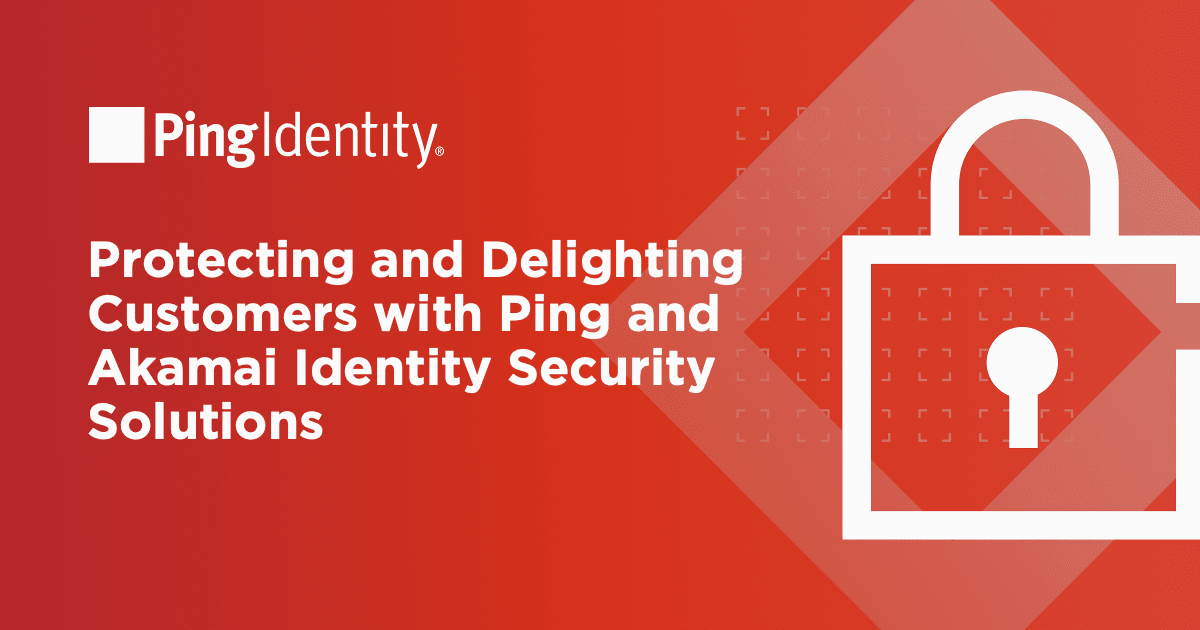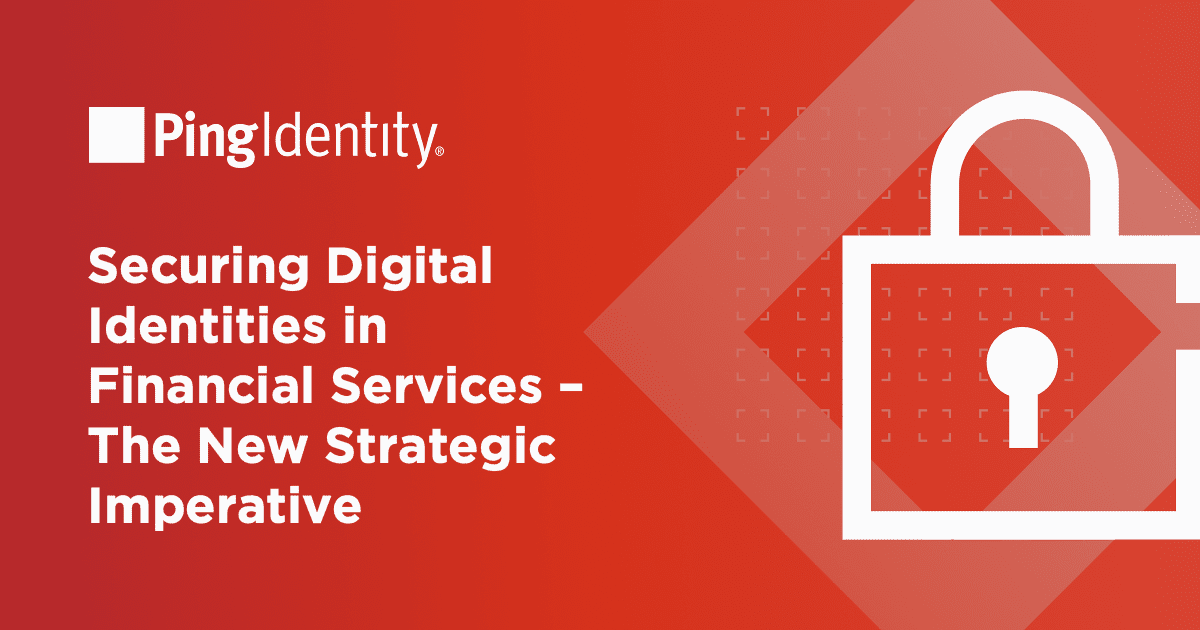In addition to the rise in remote and telework, people are conducting more of their personal business online — everything from getting the news to seeing the doctor to paying taxes. This move is a part of what's driving organizations in all sectors to engage in digital transformation initiatives.
In the public sector, agencies are using advancements in technology to modernize websites, replace legacy software, and offer new services that are more convenient and streamlined for constituents and employees alike.
Of course, any significant change comes with challenges, but shying away from digital transformation is becoming impossible in an increasingly digital world. Fortunately, with proper organization and the right tools and solutions, modern organizations and public sector employees can adapt to and thrive in an era of change. Here are six new digital concerns public service sectors will have to address to get there.
1. Onboarding challenges
With new technology, agencies can streamline onboarding processes for their employees as well as new constituents signing up for services. While these technologies can accelerate by creating efficiencies and saving money, they do present challenges. The main one is that many people may not be comfortable with "self-service" IT — and others may not want to provide a lot of personal information upfront.
It's important to provide onboarding processes that are easy for IT teams to implement and for people to navigate, and this is where organizations in private industries and public agencies intersect: they all need to deliver experiences that are simple and secure for consumers, without requiring IT teams to custom-build registration and login journeys. View this interactive tour to see a simple onboarding experience, including "progressive profiling," which enables you to get to know your consumers and constituents over time.
2. Implementing security and compliance measures
As more and more of our data is stored online, there's been a dramatic increase in attacks designed to steal constituent and employee credentials as a way to infiltrate networks and steal data or hold it for ransom. To remain safe and compliant, public sector organizations must revamp their security measures to deal with digital attacks.
Digital security measures — including multi-factor authentication, firewalls, cloud protections, and zero trust — have become essential for preventing infiltration by unauthorized and malicious users, including bots, while providing uncomplicated access for legitimate users. This is especially true for government agencies, healthcare providers, financial institutions, and others that deal with very sensitive data.
In addition to using new security measures, companies must be aware of new digital security and compliance regulations meant to protect consumer and employee data.
3. Employee accessibility concerns
With a nearly endless list of new security updates and digital tools, public sector employers may find it difficult to grant employees access to the tools they need to do their jobs in a timely fashion.
While passwords are the most common method for authenticating users, they are rife with risks. In fact, password- or credential-based attacks have been the leading cause of breaches, year after year. The problem is that any time there is a "known" secret, it is at risk of being stolen, guessed, shared, or subject to social engineering attacks like phishing.
Public sector organizations should consider passwordless authentication for constituent users and employees alike. Passwordless methods are becoming more readily available to consumers and include the use of passkeys, biometrics (such as fingerprints and facial scans), push authenticator apps, and more. Even where there are legacy applications and infrastructure, such as databases and VPNs that will always require passwords, there are new techniques that allow a passwordless experience, so that passwords are never seen or entered by users. Passwordless authentication provides a streamlined experience for users while delivering vastly superior security.
4. Legacy infrastructure
Many agencies use legacy applications that cannot be moved to the cloud. At the same time, there are plenty of legacy apps that can't support modern security controls. But secure access to these apps, which often drive essential services, is paramount.
Agencies need modern technologies that can support their legacy apps and infrastructure as well as their SaaS apps and cloud-delivered services. Learn about hybrid IAM solutions that provide a consistent experience for users, no matter what type of app or infrastructure they're accessing. A hybrid solution also closes the security gaps created by disparate IAM systems that don't share data.
5. Adapting to changing technology
Technology is constantly changing in ways that are good and bad. New capabilities offer better services and more pleasant and convenient online experiences. But malicious actors are also getting better at exploiting vulnerabilities that can expose data and erode the public's trust. Therefore, agencies must continually upgrade and adapt to new technologies that are inviting to the public — and that block uninvited attacks.
A great tool for organizations connecting with the public is customer identity and access management, or CIAM. With CIAM, organizations can better manage citizen identities while providing enhanced security. Agencies can also use identity governance and threat protection, powered by artificial intelligence and machine learning, to provide enterprise-grade security and compliance. These tools allow organizations to protect digital identities and remain compliant with security and data privacy regulations.
6. Scalability issues
Government institutions may deal with scalability issues as their legacy systems and security controls are unable to match increasing traffic and demands on online services. Upgrading these systems is costly and time-consuming, as upgrades tend to be implemented slowly and judiciously to ensure they meet security requirements.
Scalability is an area that can be addressed by moving certain services to the cloud, which can elastically scale with spikes in traffic and usage. But a cloud migration can create disruption, which is unacceptable for agencies delivering essential citizen services.
A modern IAM platform accelerates cloud migration by enabling you to quickly add IAM experiences and security controls on top of your legacy systems. It co-exists with these existing solutions as you migrate, minimizing disruption, and allowing you to sunset costly and inadequate capabilities.
Why digital transformation is necessary in the public sector
Digital transformation can streamline the production of new services, decrease wait times, reduce costs, and improve efficiency and accuracy. Although public sector organizations will see immediate benefits from upgraded software and new security systems, the steps they need to take to achieve these benefits may seem daunting — at least initially. Government agencies need to address the pressing issues of onboarding concerns, security issues, employee accessibility problems, and issues with infrastructure to take full advantage of new technology.
Still, legacy systems are vulnerable to cyberattacks, which could disrupt the lives of constituents who must entrust their personal information with their local, state, and national government agencies. As a result, finding a solution to these new digital concerns should be a priority for institutions and organizations within the public sector. With the appropriate tools in hand, organizations will be equipped to overcome challenges that arise on their digital transformation journeys.

